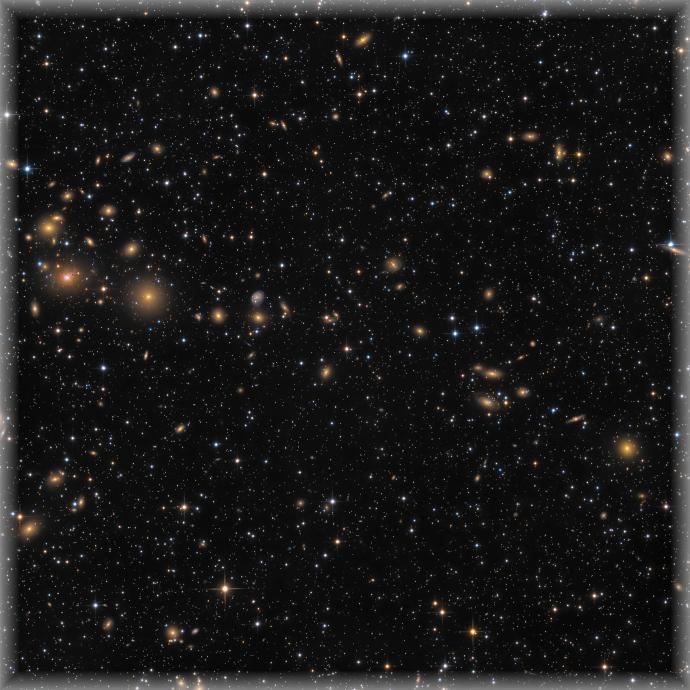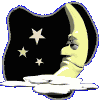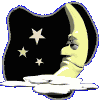 |
||
CITSO Blog: Galaxy Swarm
Perseus Galaxy Cluster (Abell 426)
Imaged fall 2013, processed late 2016
Click the image for the high resolution version!




























Galaxy Swarm, Perseus Galaxy Cluster (Abell 426)
Imaged Sept 1 to Dec 31 2013, 20+ hrs collected, 14 hrs used.
Processing completed November 2016.
L=380 minutes (1X1), R=170m, G=130m, B=160m (all 2x2), Subs=10m.
Final image scale: about 1"/pixel. Field of view: about 3/4 degree
Telescope=PlaneWave CDK17, Camera=Apogee U16M, Mount=Paramount ME.
Astrodon filters and MOAG, Starlight Xpress Lodestar guide camera.
Frames acquired with ACP controlling TheSky X, MaxIm DL, and Focusmax.
Processed with PixInsight, Photoshop, PhotoNinja, Noiseware, CCDInspector.
It took me just shy of three full years to finally finish processing this image!!!
Why so long? Well, a big part of the reason is that I've been preoccupied with another Trottier Observatory for the last couple of years. Not only that, I've been so consumed by astronomical spectroscopy for the last 18 months that I've forsaken imaging, at least for the time being!
This is my first (and so far only) attempt at imaging a galaxy cluster. Known as the Perseus cluster, this swarm of galaxies lies at a distance of about 250 million light-years, and is part of the much larger Pisces-Perseus supercluster, which contains over 1,000 galaxies! At the distance of the cluster, this field of view spans about 15 million light years. Scan the image up close, and you'll spot many "faint fuzzies", galaxies that are unassociated with the cluster, and are much more distant: some of those smudges are but a tiny sliver of the light of billions of stars, reaching us from distances of a few billion light years!
The galaxy on the left with the bright red filaments is NGC 1275: its supermassive black hole is busy consuming enormous quantities of matter, making the galaxy "active" in Xray and radio emissions. For the most astounding "amateur" image of the Perseus cluster, taken by one of the world's best, R Jay Gabany, gaze upon this APOD feature (I don't know how he does it!), and for a stunning Hubble closeup of NGC 1275 check out this APOD feature.
I was inspired to take this image in part by an excellent rendition by Bob Franke, which is featured in this APOD post. It turns out that my telescope/camera combination covers about the same field of view as Franke's image (though with finer resolution), and after experimenting with pointing the telescope at many different positions in this region of the sky, it became clear that Franke had found the optimal framing!
After working like a dog on the image processing, I found that the result at the original plate scale was not quite up to scratch, so I downsampled the final image by 2/3, which nonetheless presents a lot of closeup detail, and makes for a nice transition when zooming in from the full frame view.
DownX2 for Asterik


Copyright © 2014 Howard Trottier





